An improvement in the looks department gives the Mitsubishi Eclipse Cross greater relevance in a congested motoring sector.
Toning down on the over-the-top aesthetic elements that flawed the entry model has helped to make it a bit more mainstream in a category that is more about function and practical considerations.
While the general preference in this segment is for convenience and convention, the facelifted Eclipse Crossover does still try to create an impression as a Turbo Coupe SUV.
Like the model name, it seems like a bunch of trending words hurled together in the hope that they will stick.
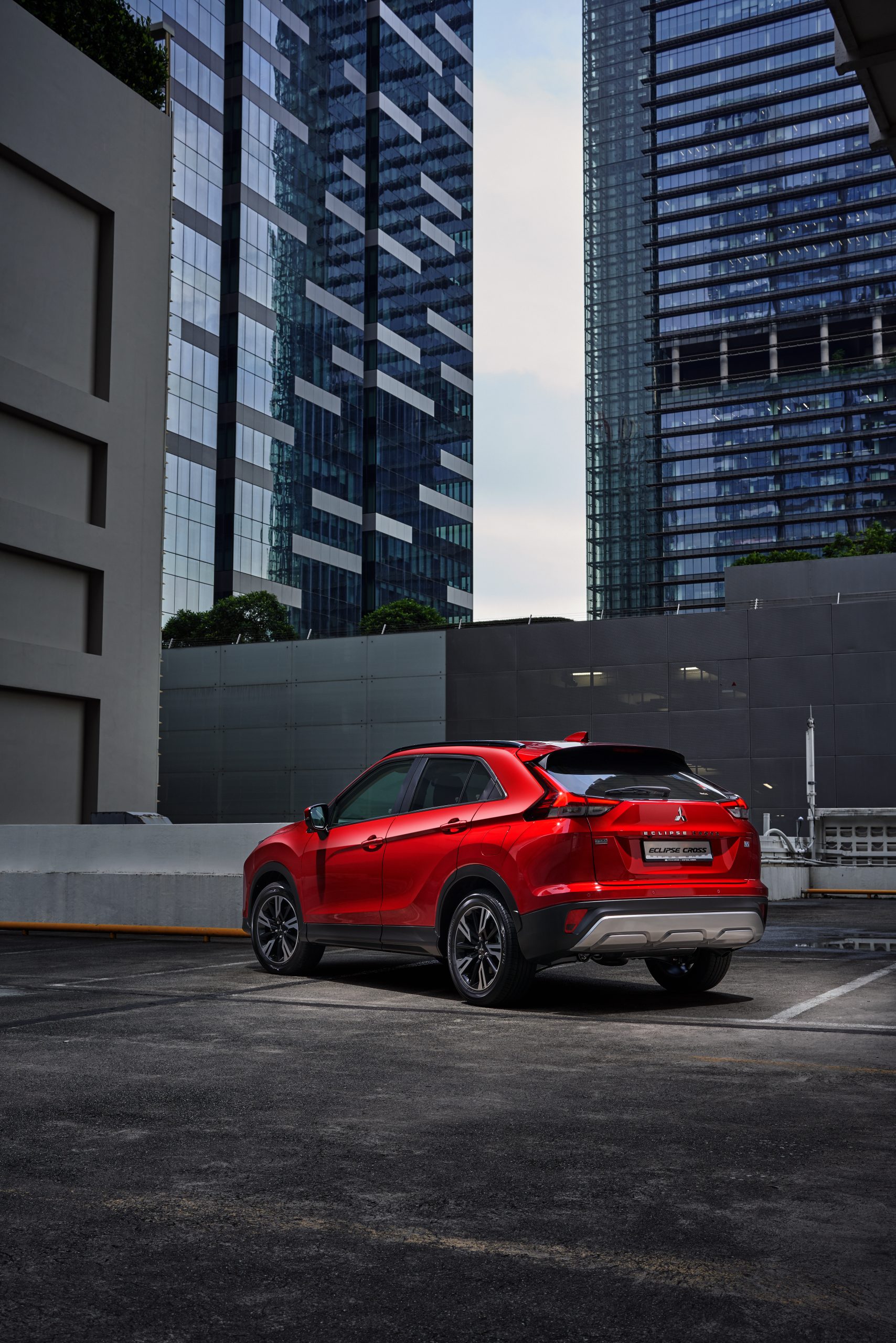
That same philosophy seems to run through its design. The Eclipse Crossover kind of stands out with its trying-very-hard Transformers combination of lamps, grille, and vents in front and sharply-angled rear with deep creases along the sides.
One area where it has made a stride forward is in useable space. While many of the small crossovers are tight on space and seem to have an identity crisis as they try to cram too much into too little, with its enlarged form — 140mm longer — the new Eclipse Cross provides creature comforts that will give it a running start instead of just dogfighting on the sticker price.
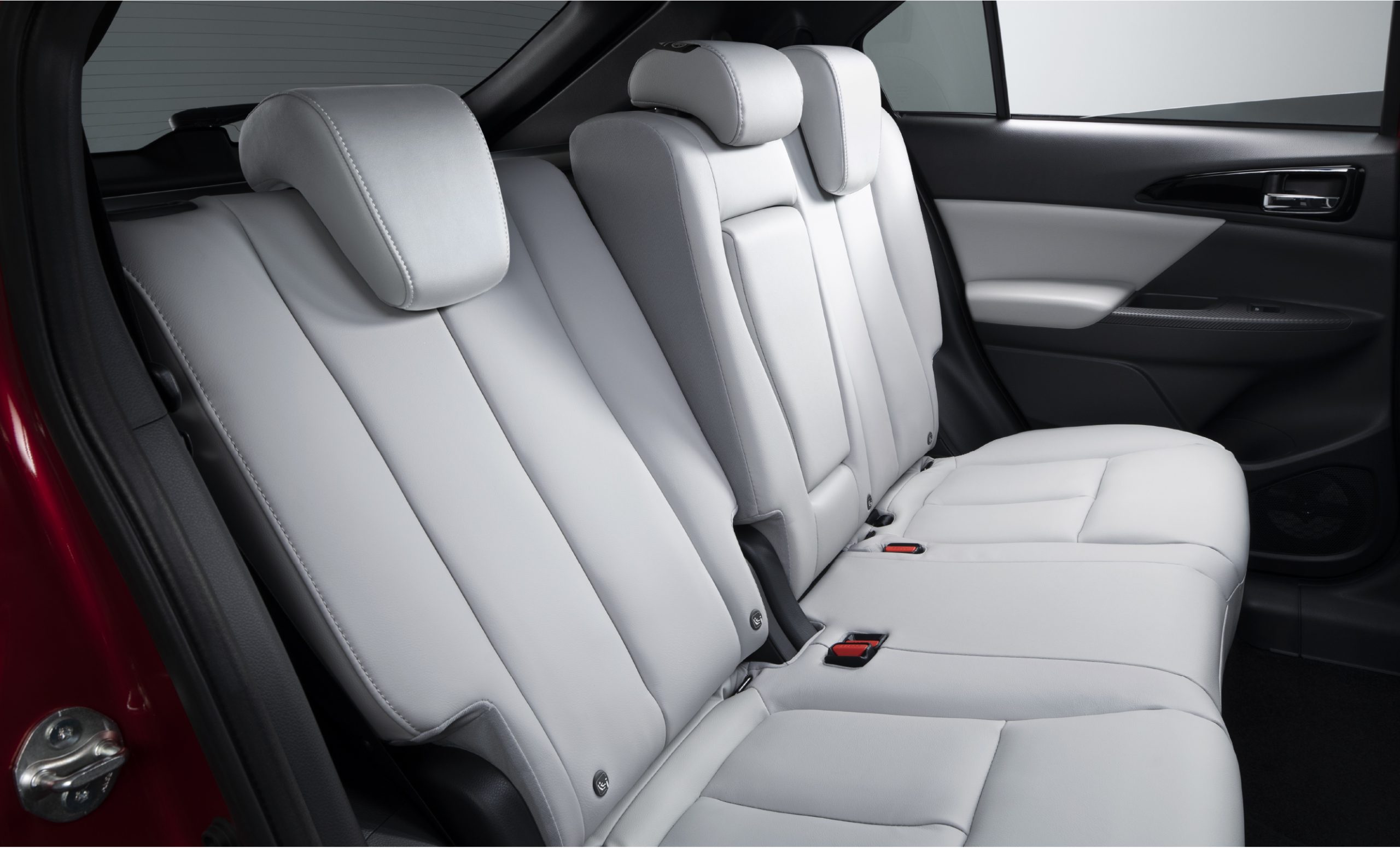
For those using this to fetch and ferry, the rear seats can be folded down to expand the cargo space.
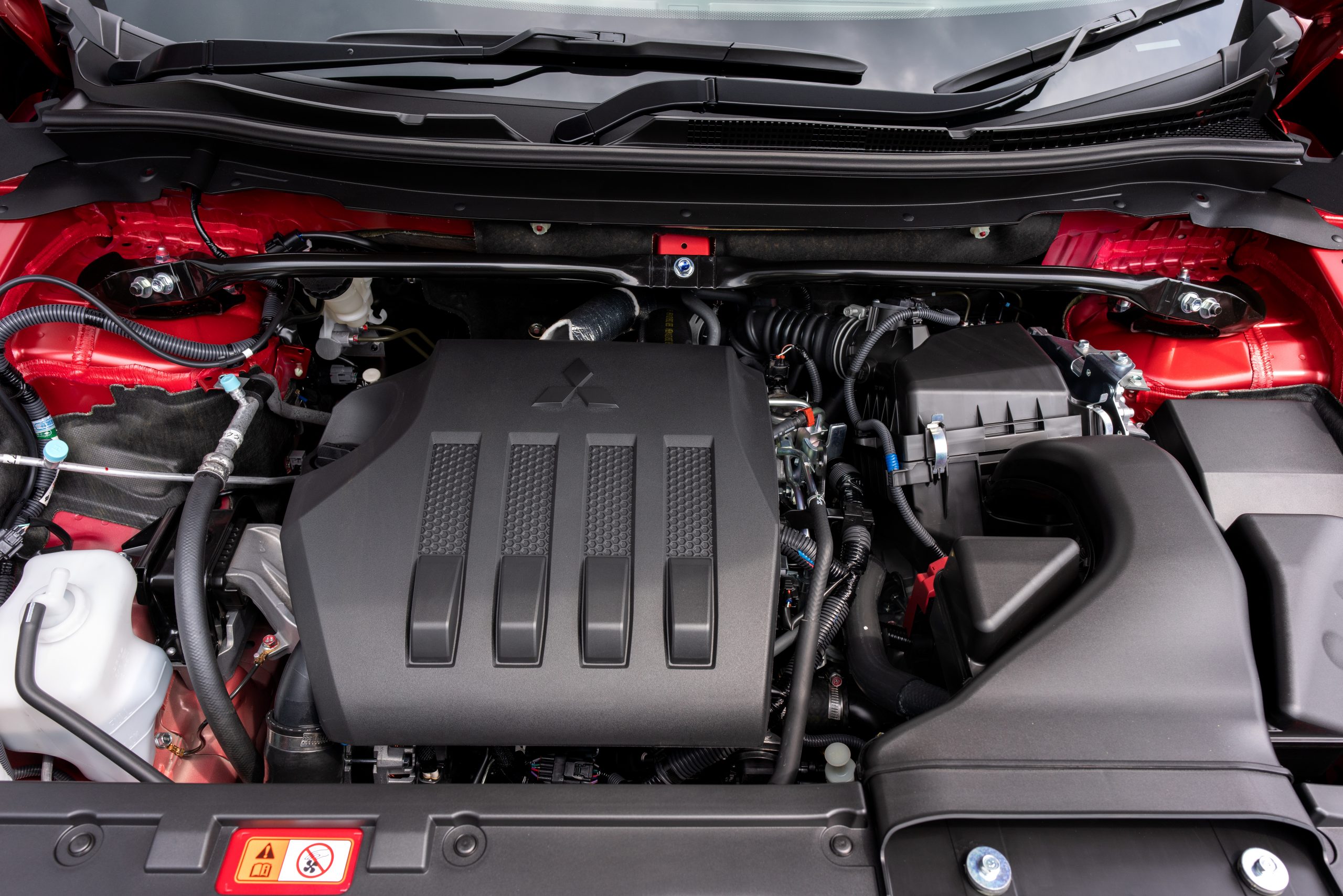
The facelift version still has the all-aluminium, lightweight 1.5-litre turbocharged four-cylinder engine which, while efficient, is otherwise unremarkable. As long as it’s dependable, starts up when required and does what is expected of it, it will be duly appreciated.
The 8-speed transmission does a good job of keeping things running relatively smoothly, while the paddle shifters add to the desired impression of a sporty SUV.
There are other modern touches necessary for today’s consumer. Connectivity and safety features are evident, from cameras all around the car, to active and passive safety features, and an indicator that beeps annoyingly.
There are two variants on offer. Some differences between the Style and the cheaper Classic variant (*$130,000) are smaller wheels (16” vs 18”) and the overall lighter weight of the Classic.
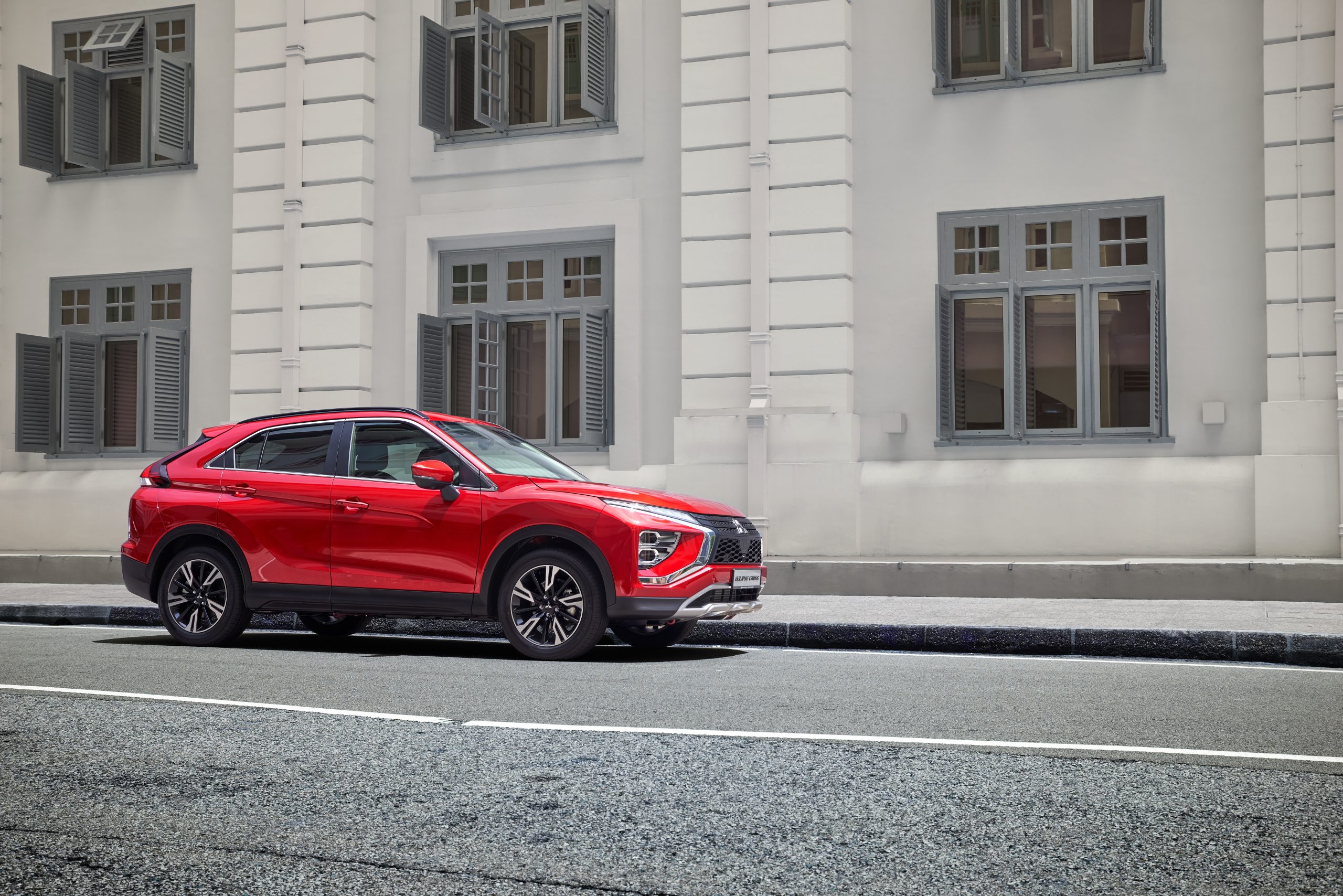
The pricier Style variant (just shy of *$146,000) offers wired smartphone connectivity with a driver-oriented touchscreen, and large volume and tuning knobs (absent in the original). The mix of digital styles — on the dashboard screen, the air-con vents and the displays — adds to the general startling design cues that are consistent in this SUV.
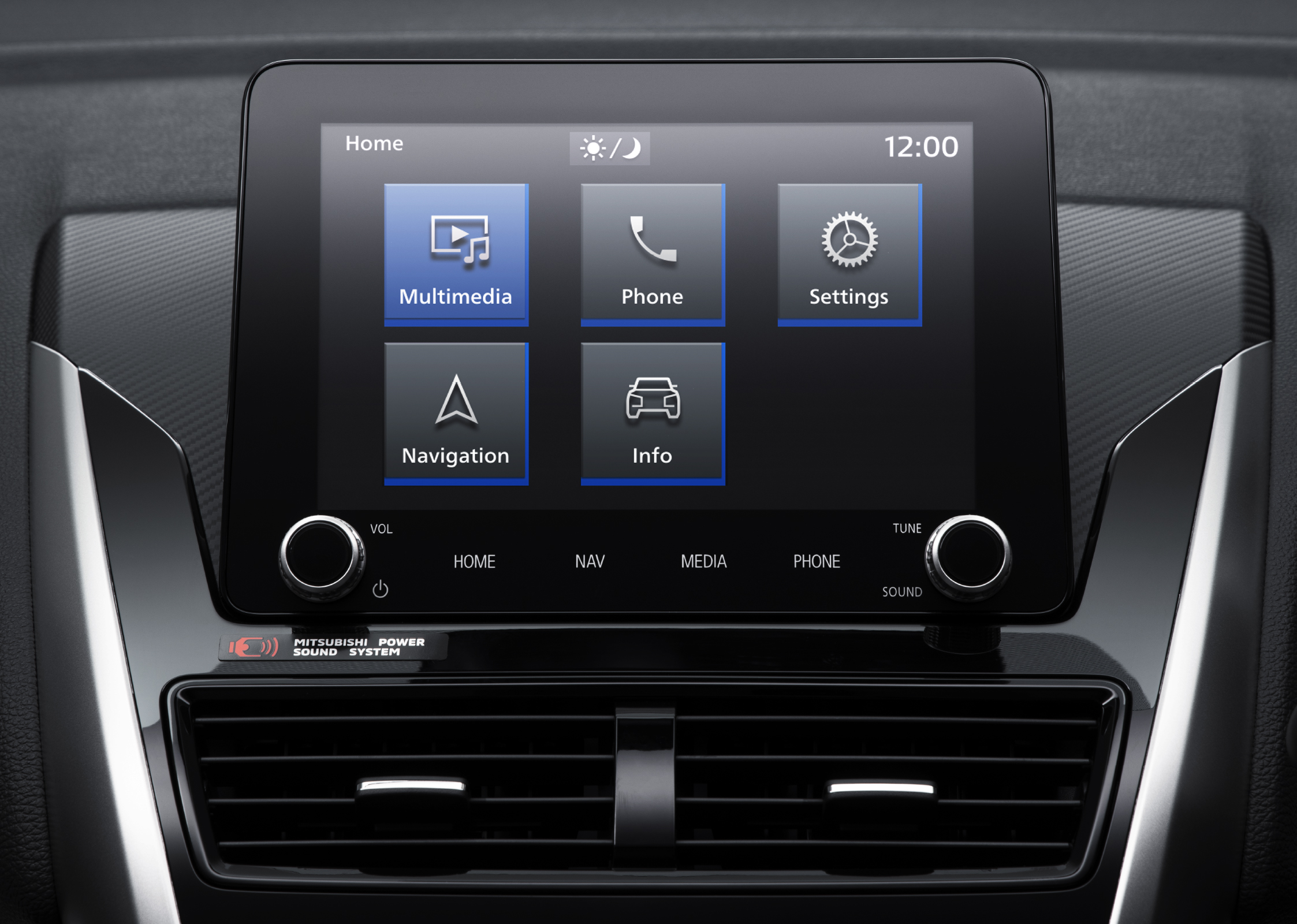
Specifications
Engine: 1,499cc, 4-cylinder in-line, 16 valve DOHC MIVEC Turborcharger
Transmission: 8-speed automatic
Max output: 122kW
Max torque: 250Nm
0-100kmh: 9.7 seconds
Top speed: 200kmh
Fuel consumption: 6.9L/100m
CO2: 157g/km
Gross weight: 1,450 – 1,536 kg
Fuel tank: 63L
Length: 4,545mm
Width: 1,805mm
Height: 1,685mm
VES banding: B
*Confirm price with dealer https://www.cyclecarriage.com/sg/mitsubishi

